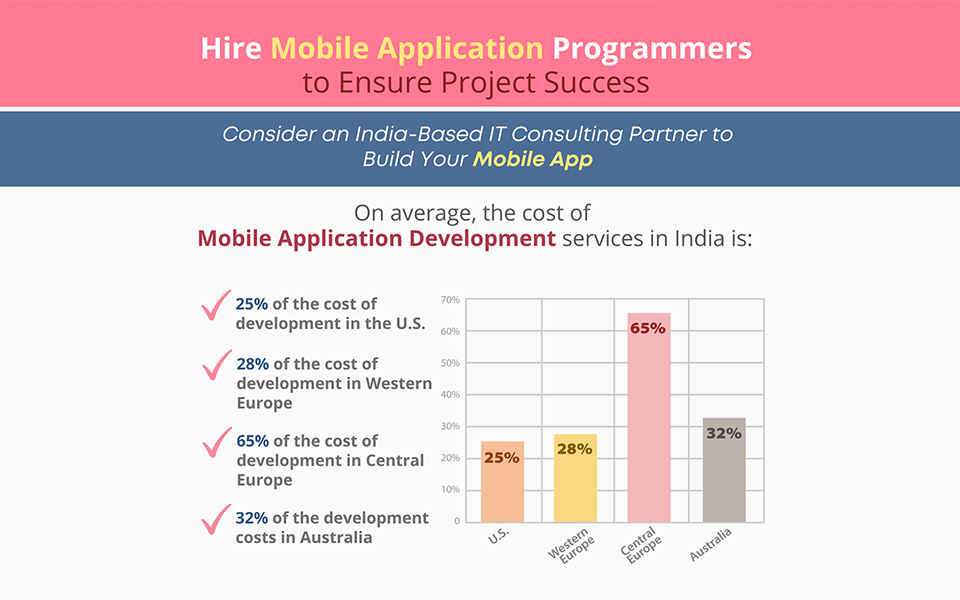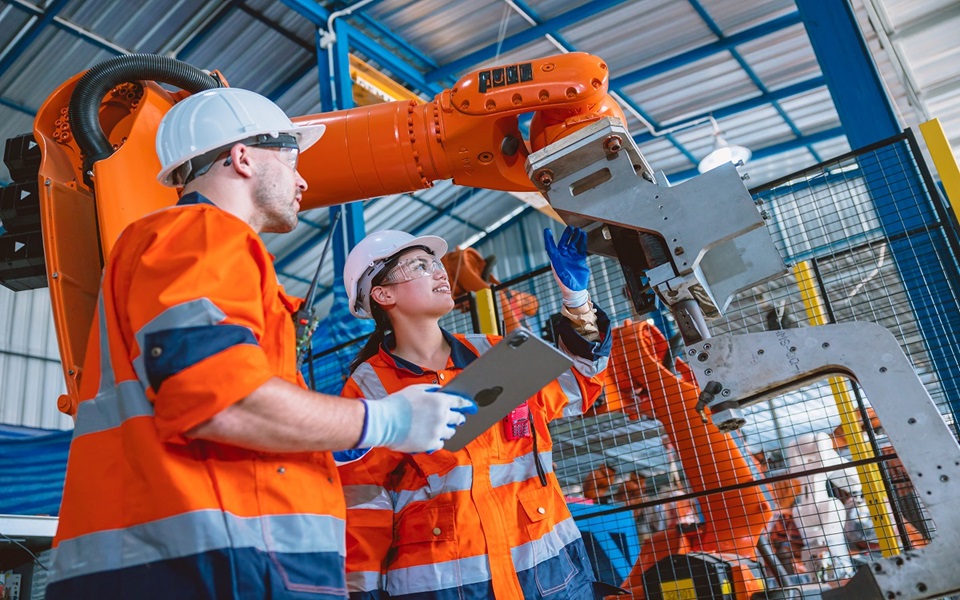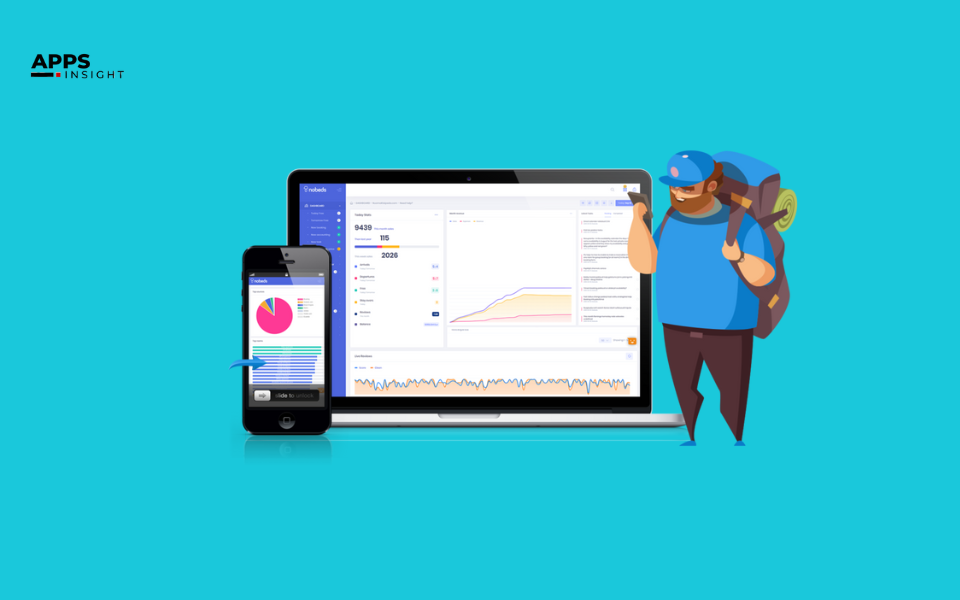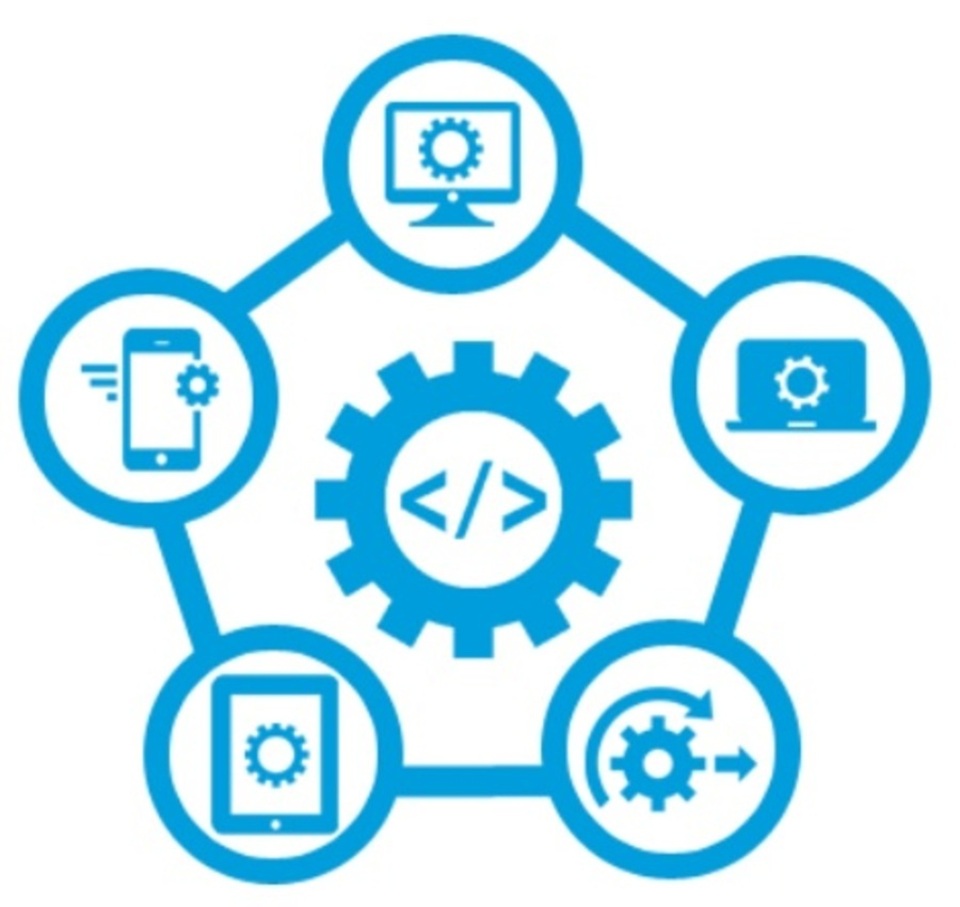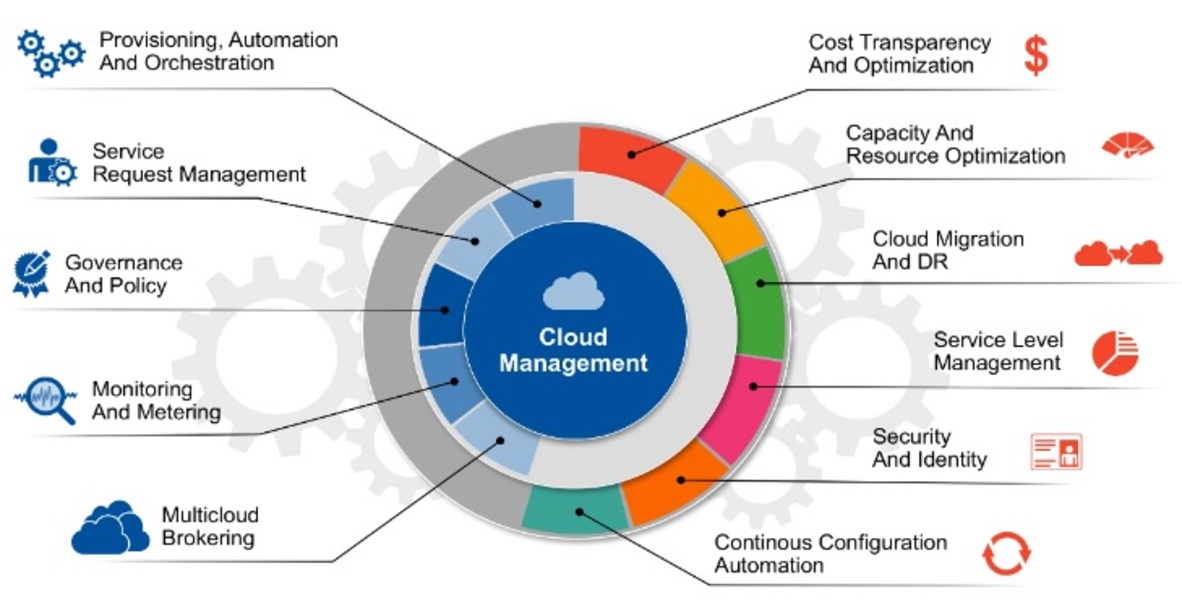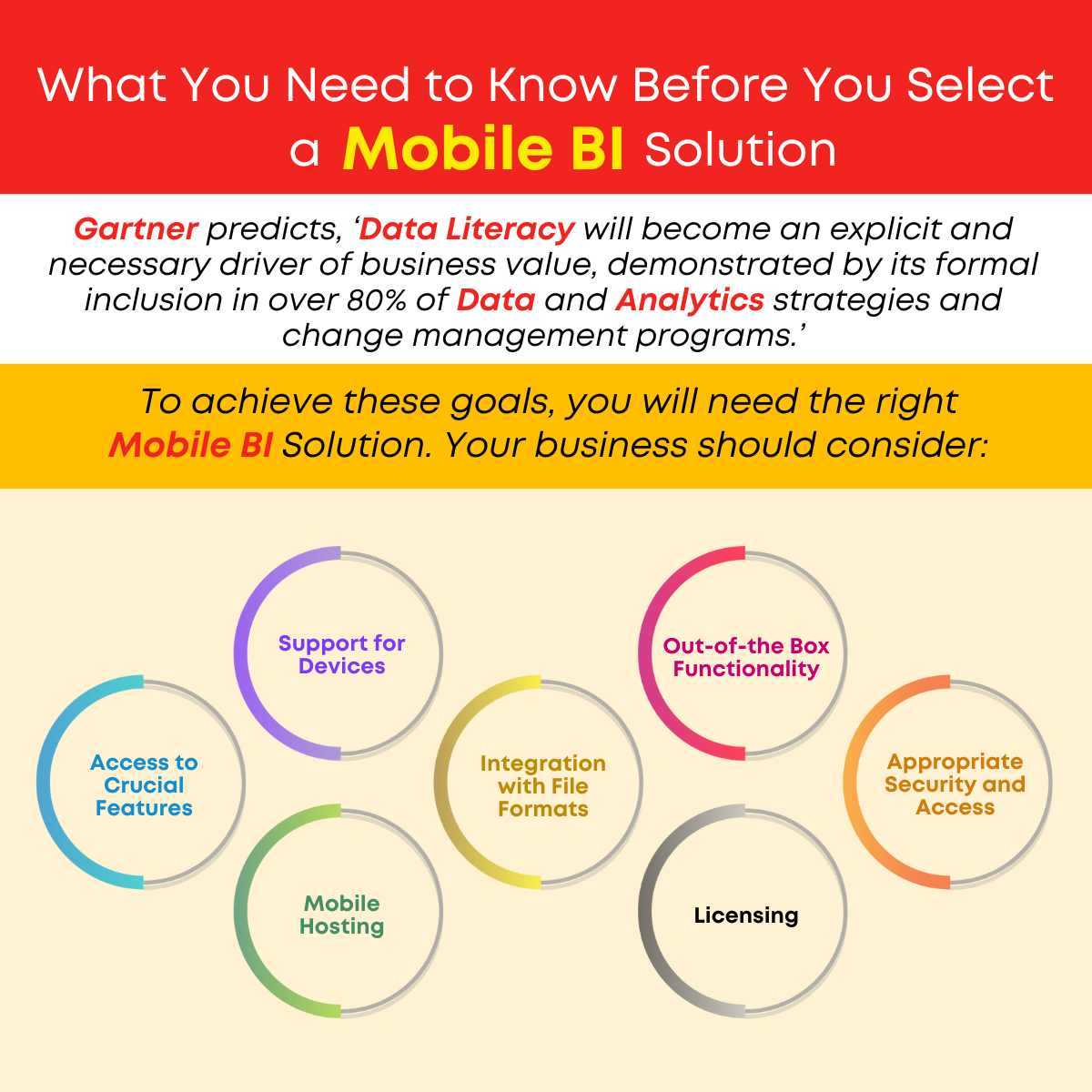Mobile app development is growing fast, and 2025 is set to be a big year for new trends. To stay competitive, developers and businesses need to keep up with the latest changes. The mobile app industry is expected to reach around $935 billion by 2025 (source link). That’s a huge number and shows just how much users rely on apps today.
The trends we’ll look at in this article are reshaping how apps work, how users interact with them, and what features they expect. From personalized AI to immersive experiences, these trends offer powerful tools for developers to create standout apps.
Trend #1: Personalized AI Models
Personalized AI models are quickly becoming a major trend in mobile app development. These models allow apps to learn from each user’s behavior, preferences, and habits. This means users get a unique experience that feels tailored just for them.
Imagine opening an app, and it already knows what you’re looking for based on your past actions. This is what personalized AI can do. It makes suggestions, offers content, or highlights features that fit each user’s individual taste. For example, a music app might suggest songs based on your recent listens, or a shopping app might show items similar to what you’ve browsed before.
Industries like streaming, retail, and even fitness apps are already using AI personalization. For developers, this means designing apps that collect data responsibly and use it to improve the user experience.
However, there are challenges. Privacy is a top concern, and developers need to make sure that user data is secure. Many companies are now including easy-to-understand privacy policies and giving users control over their data to address this.
Personalized AI is changing the game by making apps more intuitive, engaging, and useful for each user.
Trend #2: Custom AI Chatbots
Custom AI chatbots are changing how users interact with apps. These chatbots can answer questions, help users find what they need, and even handle basic customer service tasks. They are like virtual assistants built right into the app.
Imagine you’re using a shopping app and want to find a specific product. Instead of scrolling through endless options, you could just ask the chatbot, “Where can I find red sneakers?” and get an instant answer. This makes using the app faster and easier.
Many industries, like retail, finance, and healthcare, are adopting custom AI chatbots. In healthcare apps, for example, chatbots can help answer questions about symptoms or provide reminders for taking medication. In banking apps, chatbots assist users with checking their balances, making transactions, or solving minor issues without needing human support.
Future chatbots may be even smarter, with voice capabilities and the ability to understand emotions. Developers are exploring ways to make these bots more responsive to human feelings, creating a friendlier experience.
Custom AI chatbots save time for users, reduce workload for companies, and make apps feel more interactive and helpful. As they continue to improve, they’ll become a standard part of most mobile apps.
Trend #3: On-Demand App Development
On-demand apps are rising in popularity because they meet specific needs at the exact moment users need them. These apps provide services or products on request, making them fast and convenient for busy users. Think of apps like Uber, DoorDash, or Instacart, where people can quickly get a ride, meal, or groceries delivered with just a few taps.
This trend is growing across various sectors, from healthcare and beauty services to home repairs and pet care. For example, healthcare apps now let users schedule virtual appointments with doctors or order medicine from a pharmacy. Similarly, beauty apps connect users with stylists who can come directly to their homes.
The demand for these apps is high, and it’s only expected to grow. Studies show that the on-demand app market could be worth billions by 2025 as more people want quick, easy access to products and services.
On-demand app development is great for businesses because it connects them directly with customers, building loyalty and trust. For developers, this means creating apps that are reliable, secure, and user-friendly so that customers keep coming back.
Overall, on-demand apps are reshaping how we access everyday services, making life more convenient and accessible with just a tap.
Trend #4: Tailored Apps for Foldable Smartphones
Foldable smartphones are making a comeback, and they’re changing how apps are designed. These devices can unfold into larger screens, offering a unique mix of a smartphone and a tablet. With more screen space, foldable phones allow users to multitask, view content in larger formats, and enjoy a richer app experience.
For developers, this trend means adapting apps to work seamlessly across different screen modes. When the device is folded, the app needs to function like it would on a regular phone screen. But when it’s unfolded, the app should adjust to take advantage of the larger screen space, giving users an enhanced view.
Many popular apps are already adapting to foldable screens. Social media apps, for instance, allow users to view multiple windows at once, while gaming apps offer more immersive visuals. Even productivity apps are benefiting from foldable screens, letting users open a document and video call at the same time.
However, developing for foldable devices can be challenging. Developers must ensure their apps are flexible and that graphics, text, and buttons look great in all screen modes. But with the popularity of foldable phones growing, creating tailored apps for these devices could become essential.
Foldable smartphones give users more options, and tailored apps make the experience smoother and more enjoyable, making this trend an exciting new frontier in mobile app development.
Trend #5: Extended Reality (XR)
Extended Reality, or XR, combines Augmented Reality (AR), Virtual Reality (VR), and Mixed Reality (MR) to create immersive experiences in mobile apps. XR allows users to interact with digital objects in the real world or explore virtual environments, opening up endless possibilities for apps in gaming, education, real estate, and beyond.
Imagine using an app to visualize furniture in your living room before buying it. Or picture a fitness app that guides you through workouts with a virtual trainer right in your space. XR can make these experiences possible, creating engaging and memorable interactions for users.
In gaming, XR adds a whole new level of fun. Players can explore virtual worlds or interact with characters and objects in their own surroundings. In education, XR helps users learn through simulations, making complex subjects more accessible and hands-on.
With technology improving, XR is becoming more accessible and affordable, allowing developers to incorporate these features into apps more easily. Experts predict that the XR market will continue to grow as more industries discover the benefits of immersive experiences. This growth means more exciting apps and features for users and new creative challenges for developers.
XR takes mobile apps to the next level, blending reality with virtual experiences and offering users something they’ve never seen before. This trend is shaping up to be a game-changer in mobile app development.
How Mobile App Development Trends Shape User Expectations
As mobile app development trends evolve, so do user expectations. Today, people expect more than just basic functionality; they want apps that are intuitive, fast, and tailored to their needs. The trends we’ve discussed—like personalized AI, custom chatbots, on-demand services, foldable phone compatibility, and XR—are setting a new standard in user experience.
For instance, with personalized AI, users now expect their apps to "know" them better. They want relevant content, smart suggestions, and seamless navigation, which means that a one-size-fits-all approach no longer cuts it. Custom AI chatbots have also raised the bar, making users accustomed to fast, interactive support available anytime. If an app doesn’t offer quick help, it might be left behind.
Foldable smartphone compatibility and XR are changing what users expect visually and interactively. People are starting to look for apps that use larger screens creatively and offer immersive experiences. This is especially true for gaming and social media, where visuals and engagement are key.
Developers and businesses who embrace these trends not only meet user expectations but can also boost engagement and loyalty. With each new trend, user expectations rise, and the most successful apps are those that stay ahead of these demands, offering smooth, personalized, and innovative experiences.
The Future of Mobile App Development Beyond 2025
As mobile app development continues to evolve, the future beyond 2025 looks even more exciting. The trends we see today—like AI personalization, XR, and foldable smartphone compatibility—are only the beginning. In the years to come, we can expect these technologies to become more advanced and integrated into our daily lives.
One possible future direction is the further integration of AI, making apps almost predictive in understanding user needs. We may see apps that anticipate actions before users even make them, creating a seamless experience. AI could become even more conversational and context-aware, making interactions feel natural and intuitive.
Additionally, with the growth of XR, we might see fully immersive apps that bridge the digital and physical worlds, not just for gaming but also in shopping, learning, and even social media. Imagine an app where you can walk through a virtual store or meet friends in a digital space that feels real.
Foldable smartphones might lead to the creation of flexible, rollable, or even stretchable screens, further changing how apps are designed. Apps could become increasingly adaptable, providing a responsive experience on whatever screen shape or size is popular in the future.
Beyond 2025, mobile app development will likely focus on making technology feel more human, connected, and accessible. Developers who keep up with these shifts will be well-positioned to shape the next generation of mobile experiences.
Final Words
In 2025, mobile app development will be more innovative and user-focused than ever. The five biggest trends—personalized AI models, custom AI chatbots, on-demand app development, tailored apps for foldable smartphones, and extended reality (XR)—are shaping a new era for mobile experiences. These trends are raising user expectations, driving the need for creative solutions, and giving developers exciting tools to make apps more engaging.
For developers and businesses, staying ahead in mobile app development means embracing these trends to deliver what users want and need.







